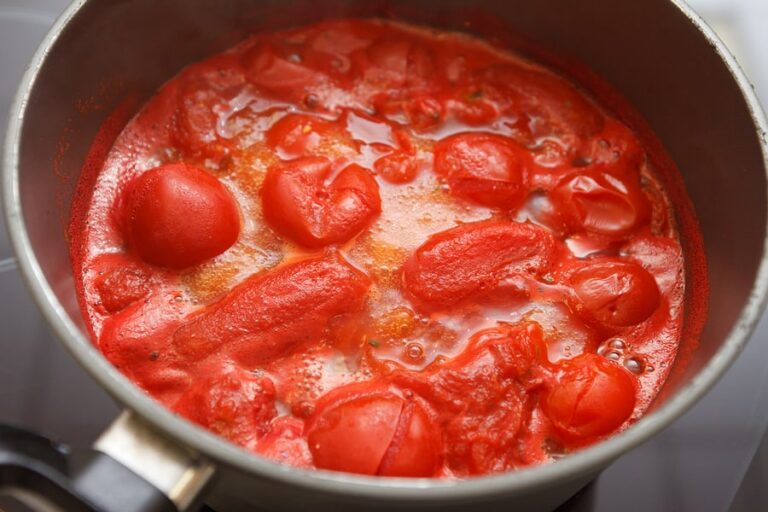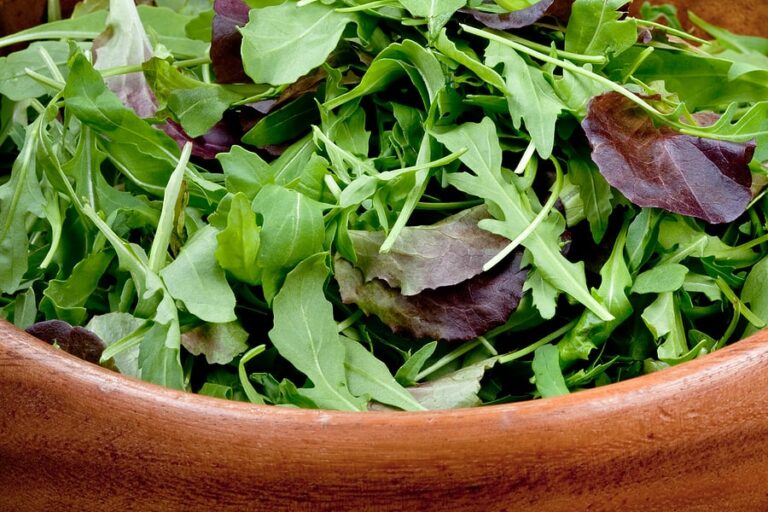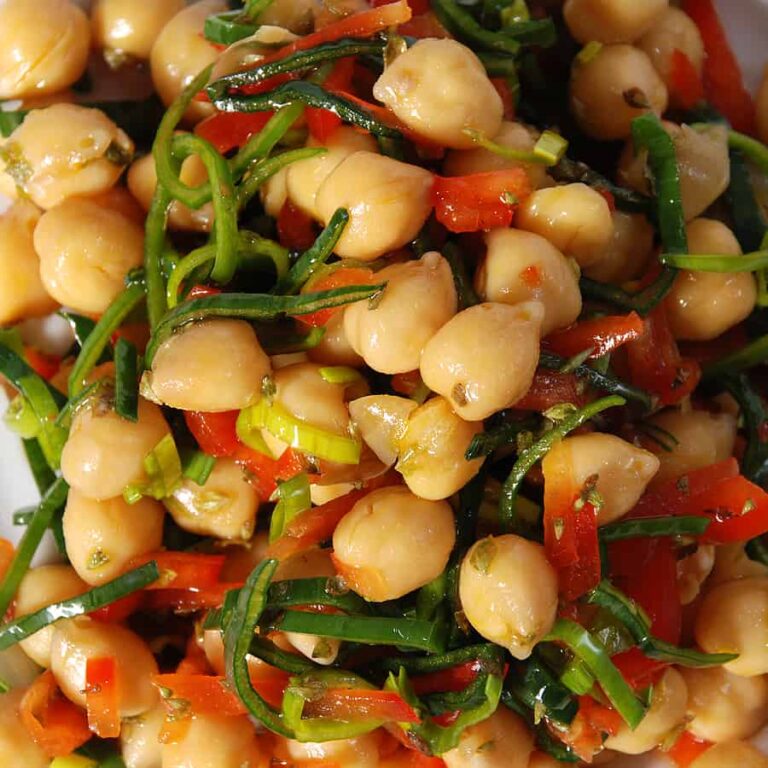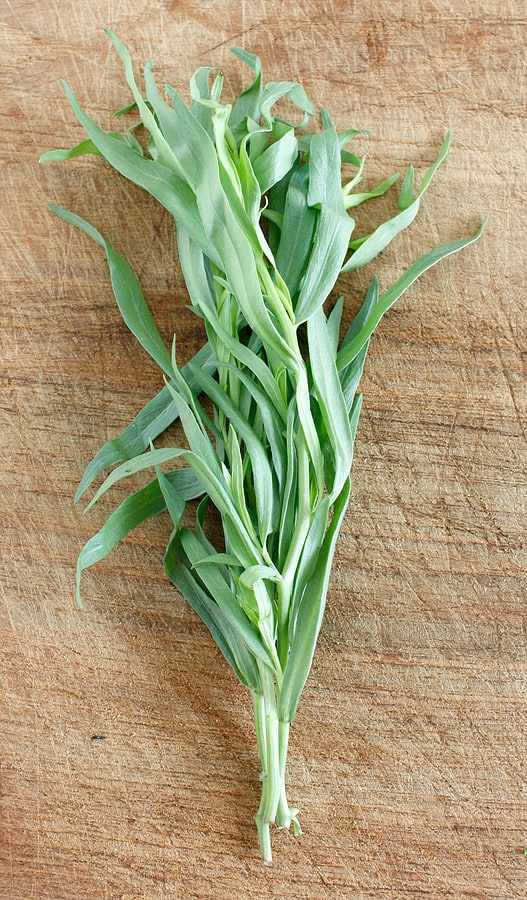How to Make Risotto Seasonally with No Recipe
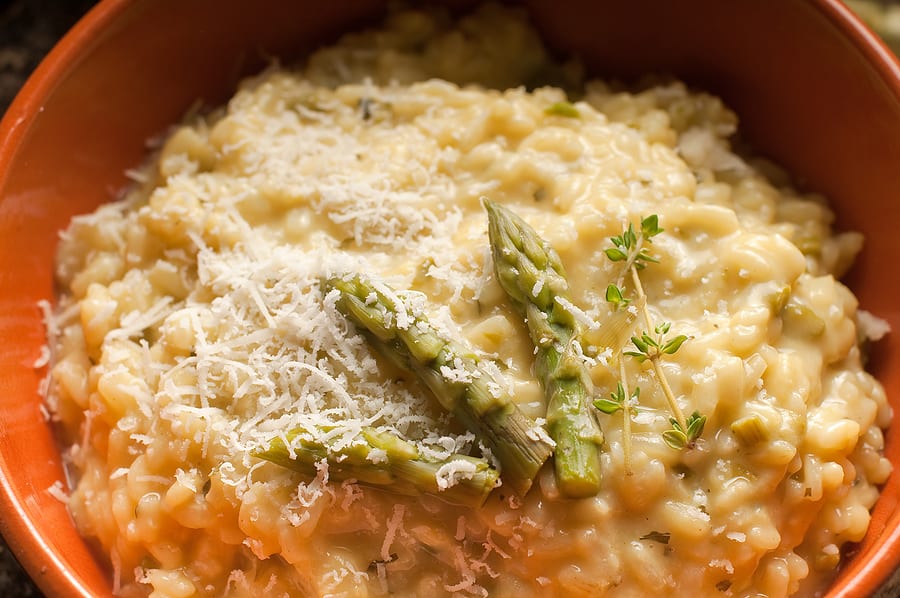
Risotto—the creamy Italian rice dish—is simply made from rice, butter or oil, onion, stock, Parmesan cheese, and technique. Serve risotto as a first course, part of a larger meal, or make it its own main course by adding meat, poultry, fish, or vegetables and serving it with a salad.
Limitless ingredients can be added to risotto, but the best course is to choose just two or three seasonal ingredients that complement each other in flavor; these are added in the final minutes of cooking. For example, in spring, match asparagus and peas in risotto; in summer add, eggplant, fresh tomatoes, and basil to risotto; in fall, match shredded chicken and spinach to risotto; in winter, add sausage and butternut squash to risotto. The combinations are limited only to the flavors you can imagine.
Two things to keep in mind when it comes to making risotto: First, risotto is most tasty when you begin preparation with a specific flavor in mind; Second, the preparation of a tasty risotto is a combination of technique and balance–it is important to assemble all of the ingredients ahead of time so you can put your focus and energy into tending the pot as risotto cooks.
Preparation for making risotto:
Here’s what you will need at your fingertips to prepare risotto:
• Ratio: Risotto has a liquid to solid ratio of 3:1. That means, for example, use 3 cups of liquid—vegetable, chicken, beef, fish, or seafood stock—for each cup of rice. One cup of rice combined with 3 (or slightly more) cups of stock will make 4 servings of risotto.
• A saucepan or tall-sided heavy pot or skillet. Choose a flat-bottomed pan that will evenly distribute and hold heat. Consistent heat is important in preparing risotto; cooking risotto involves bubbling and the gradual absorption of liquid. Chose a heavy pan (so it does not bounce around during stirring) made of cast aluminum, enameled cast iron, or stainless steel. The pan should have tall, straight sides since the volume at the start of cooking will increase four-fold by the end.
• Stock made from poultry, meat, fish, or vegetables. Stock provides the flavor foundation for risotto. Choose a stock that is made from or blends well with the flavor of the main ingredient. That is, for example, use fish stock or clam juice if you are preparing a seafood risotto or use vegetable stock if you are preparing a risotto that features spring or summer vegetables.
• Rice, preferably superfine Arborio rice. Arborio rice is a long, fat grain with a white kernel at its center. It is well suited to both absorbing flavorful liquid—the stock–and releasing starch during cooking; that combination gives risotto its creamy consistency—almost like porridge or pudding. Fresh arborio rice will be light pearl to ivory colored. (Other rice suitable for risotto is Carnaroli, Baldo, and Vialone Nano.)
• Oil or butter. You will need a vegetable oil, extra virgin olive oil, or butter to begin the cooking.
• Flavor ingredients. Risotto is defined by its flavor and the flavor is yours to choose. The risotto cooking process commonly begins with the flavor of one or two aromatic vegetables—such as onion, scallion, leek, celery, or carrot—sweated or sautéed into the cooking oil. This is the first flavor absorbed by the rice which is added second in the cooking process.
A second defining flavor is added near the end of the risotto cooking process; this flavor comes with the addition of meat, poultry, seafood, or vegetable. Because risotto is so quickly prepared, many flavor ingredients are best cooked in advance: vegetables can be sautéed or parboiled, meat and poultry can be all but cooked to finish before they are added, seafood and fish can be boiled, steamed, or sautéed in advance. All of this explains why risotto is often made with fresh vegetables from the garden or tasty leftovers meat, poultry, or fish plucked from the refrigerator.
To start cooking risotto:
• Do not rinse the rice before cooking. The starch that coats each grain is essential to the creation of risotto.
• Keep the stock simmering on a nearby burner. Just simmering stock is added to the rice gradually—in three steps. If the added stock is too hot, the rice will cook too quickly and be soft on the outside and chalky on the inside. If the stock added is too cool, the rice will cook too slowly and the risotto will have a gluey texture.
Step One: Oil and aromatic flavor ingredients.
First add butter, vegetable oil, or olive oil to the bottom of the pan—just enough to lightly coat the bottom of the pan. Heat the butter or oil over medium-low heat.
Add and sweat (sauté) the base flavor ingredients, aromatic vegetables: peeled and finely chopped or sliced onions or shallots or both or thinly sliced celery or carrots or leeks. Stir and cook the flavor ingredients until they soften and their flavor is released and infused into the oil—until they are just translucent and golden and fragrant, not browned or fried, about 8 to 10 minutes for a small onion. The aromatics are used to bolster the flavor of the finished risotto.
Step Two: Adding rice and stock.
Add the rice: Add just a bit more oil or butter then add the all of the rice. Use a wooden spoon to stir, mix, and lightly coat the rice; you may need to add a bit more oil or butter. Gently stir the rice and cook until it sings, a crackle-pop or two. The kernels will turn translucent with slow cooking. A toasted aroma will tell you it is time to make the first of three additions of stock. (Browning or overcooking the rice will break down the starch on the surface of the rice—this works against a creamy finished risotto which comes with a slow release of starch.)
Add some of the stock: Raise the heat to medium as you add enough stock to just cover the rice. Use a ladle or measuring cup to transfer the stock to the rice. Again stir gently and constantly. Keep stirring gently until the stock is absorbed by the rice, about 3 to 10 or more minutes depending on the amount of rice. If you want to add seasoning to the risotto—saffron or bay leaves are commonly added, now is the time; do so by adding the seasoning to the simmering stock held in reserve; this will infuse the flavor of the seasoning in the liquid.
Now, also, you can replace up to a quarter of the stock with dry white wine. This will add a tartness to the finished risotto.
Add more stock: Once the initial stock has been absorbed, again add enough stock to just cover the rice. It may be easiest to simply ladle the stock from the stock pot simmering on the nearby burner. As you add stock, adjust the heat to maintain a low simmer, a gentle bubbling of stock and rice. Again, cook and gently stir until the stock is absorbed by the rice. You will begin to see the bottom of the pot as you stir and the stock has almost been absorbed.
Do not stew the rice in the liquid; this will leave the risotto soggy. Constant gentle stirring will help the rice evenly absorb the stock. As the grains absorb the stock they will eventually become creamy, almost sauce-like in their consistency.
The first addition of stock will be absorbed quickly, but as the rice plumps with the second and third addition of stock, the rice will absorb the stock more slowly. Throughout cooking, the rice and stock should bubble gently as the flavor of the stock is slowly and evenly absorbed into the rice.
Step Three: Adding the last of the stock and the solid flavor ingredients.
More stock: Keep adding stock one ladleful—or half cup–at a time just as the rice thickens. Never add too much stock at one time, but do not let the rice dry out. Keep adding small increments of stock, keeping it at a level just above the rice. A properly made risotto will be creamy-chewy, not mushy, not crunchy at the end
Adding meat, poultry, fish, or vegetables: When the last of the stock has been absorbed, fold the final flavor ingredients into the rice: meat, poultry, seafood, or vegetables. The solids you choose should be precooked or warmed before they are added to the hot rice; cold solids added to the rice will bring down the temperature of the rice and interfere with the slow cooking of the rice and the final absorption of flavor. Vegetables should be steamed or blanched before they are added (you want them to remain crisp); precooked meat, poultry, and fish or seafood should be warm.
The flavor solids should be warmed in the hot rice not cooked. Here is where you make the seasonal flavor choice for your risotto. You might add:
- Blanched asparagus.
- Steamed peas.
- Steamed broccoli.
- Chopped and sautéed mushrooms.
- Sliced and sautéed zucchini.
- Steamed mussels.
- Shredded smoked salmon.
- Boiled shrimp, prawns, scallops, or squid with garlic or parsley.
- Shredded roast chicken and peas.
- Fresh spinach, chives, and thyme.
- Snow peas trimmed and sweated.
- Steamed or parboiled yellow squash and tomatoes.
- Sautéed sliced plum tomatoes and rosemary.
- Just boiled fresh corn and sliced cherry tomatoes.
- Young yellow crookneck squash sliced and steamed.
- Eggplant sliced and sautéed, sliced cherry tomatoes, and basil.
- Gorgonzola and sage.
- Steamed zucchini, re-hydrated sun-dried tomatoes, and fresh basil.
- Fresh herb pesto.
- Porcini mushrooms and prosciutto.
- Sausage fried and roasted butternut squash.
The timing of adding the flavor ingredients depends on the required cooking or warming time of the individual ingredients. For example, you may want to add thin sliced raw vegetables a bit sooner than steamed vegetables.
Step Four: The final moments and serving.
Consistency and texture: The final stage of cooking risotto is dedicated to achieving the desired consistency and texture—the time is not predictable, a few moments or a few minutes. The rice should be finished in proportion to the stock: the finished risotto should be nearly pourable, each grain of rice should be distinct yet the sauce created by the stock and the starch from the rice should not be separate.
In the final moments, you will want to enrich the risotto with butter or extra virgin olive oil and grated, commonly, Parmesan cheese; you may want to add a bit of fresh herbs or seasoning or salt and pepper to taste, a dash of vinegar, or fresh squeezed lemon juice
The union of flavor, texture, and consistency: In the end, you are seeking a union of flavor, texture, and consistency; the rice should be tender, but still a little chewy, moist but not runny—always creamy, but the individual grains of rice are slightly firm with a discernible texture.
Taste testing risotto as you cook is essential.
Serving: When the risotto is done, turn off the heat and let it sit for two minutes then garnish with parsley or chopped fresh dill or lemon zest or grated cheese or—you chose, then serve immediately on hot plates.


